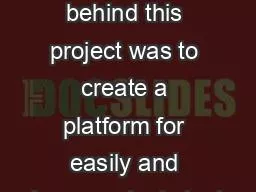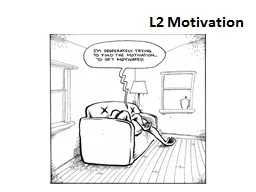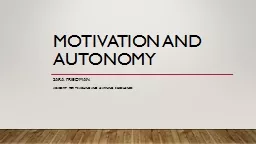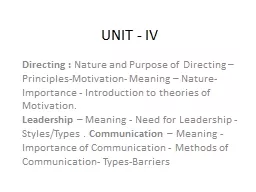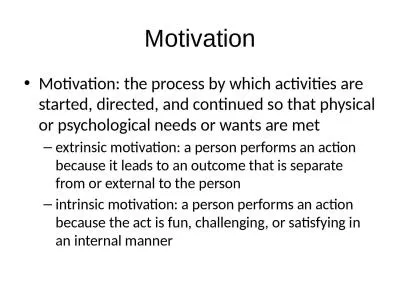PPT-Motivation: The idea behind this project was to create a platform for easily and inexpensively
Author : slygrat | Published Date : 2020-08-28
Bad Usability Good Usability Design The system was designed using the 1Wire Protocol TM The 1Wire Protocol is a MasterSlave technique where each slave has a unique
Presentation Embed Code
Download Presentation
Download Presentation The PPT/PDF document "Motivation: The idea behind this project..." is the property of its rightful owner. Permission is granted to download and print the materials on this website for personal, non-commercial use only, and to display it on your personal computer provided you do not modify the materials and that you retain all copyright notices contained in the materials. By downloading content from our website, you accept the terms of this agreement.
Motivation: The idea behind this project was to create a platform for easily and inexpensively: Transcript
Download Rules Of Document
"Motivation: The idea behind this project was to create a platform for easily and inexpensively"The content belongs to its owner. You may download and print it for personal use, without modification, and keep all copyright notices. By downloading, you agree to these terms.
Related Documents

